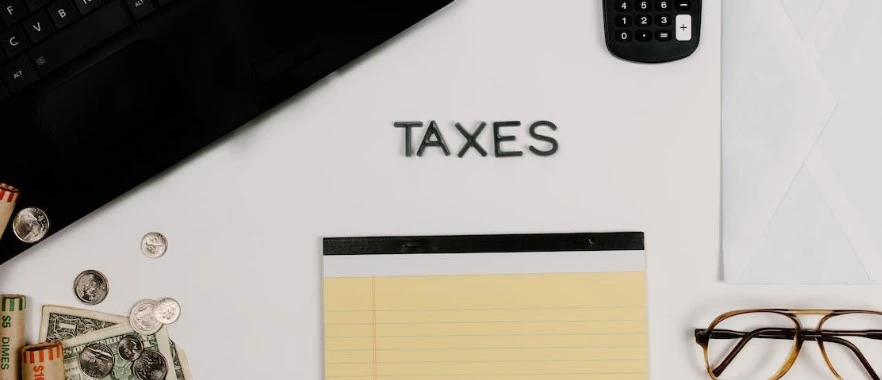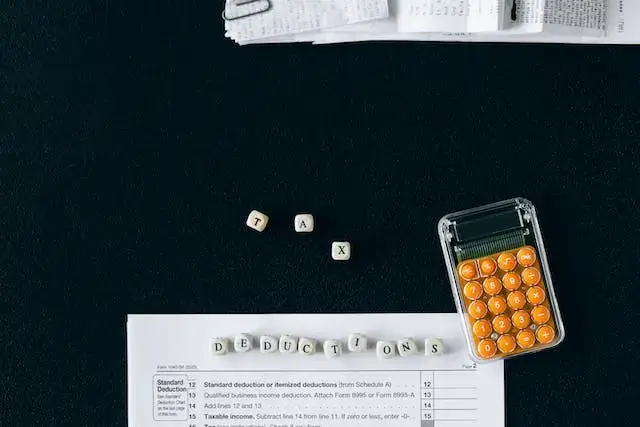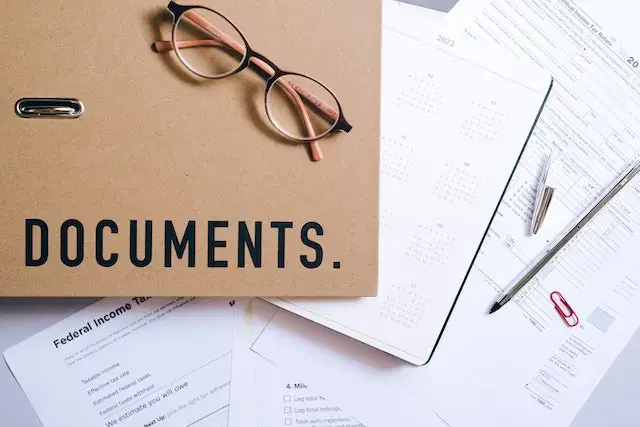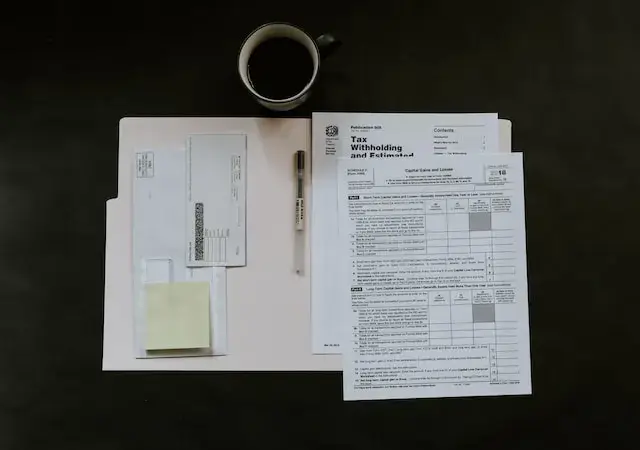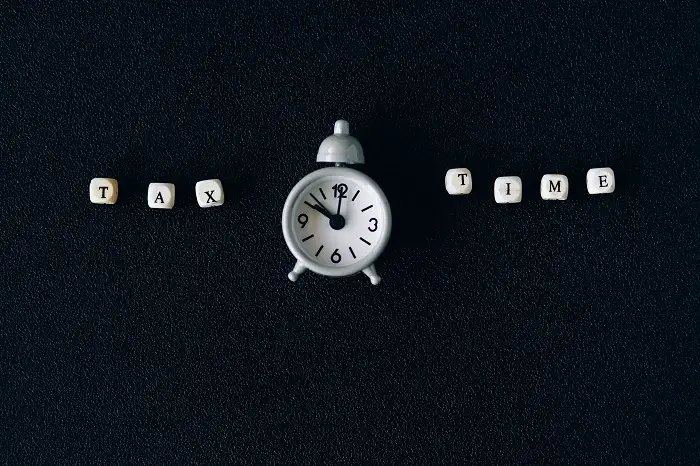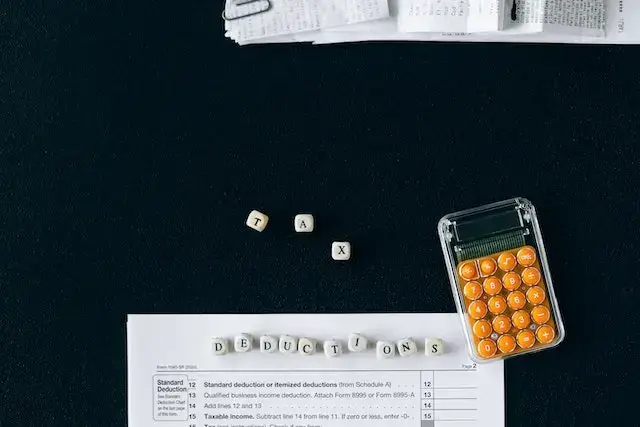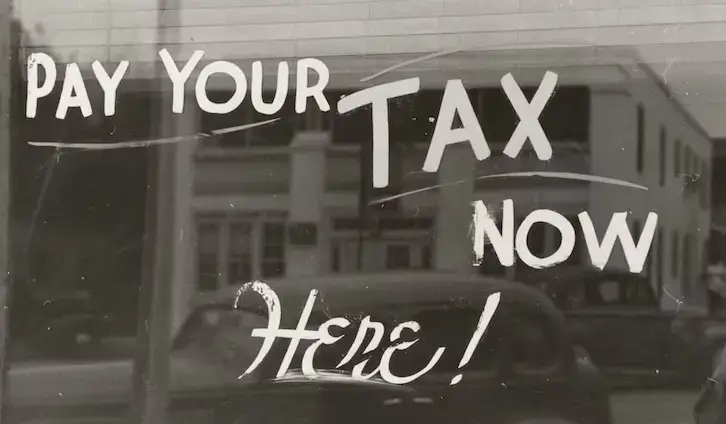
Australia GST for Small Business
Small businesses play a crucial role in the economy, running small businesses and facing unique challenges. GST (Goods and Services) has significant changes in the taxation landscape, directly affecting these …
Australia GST for Small Business Read More
